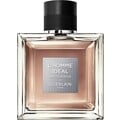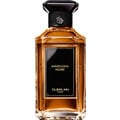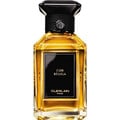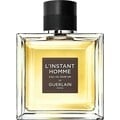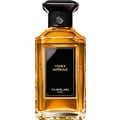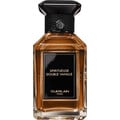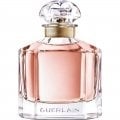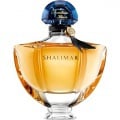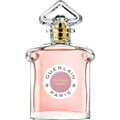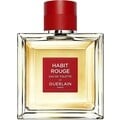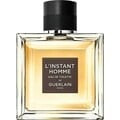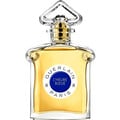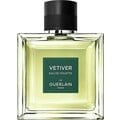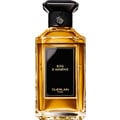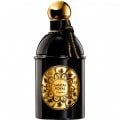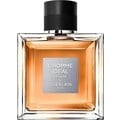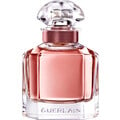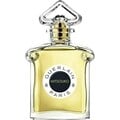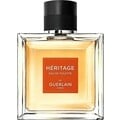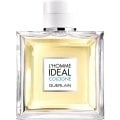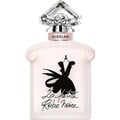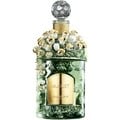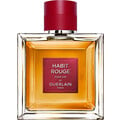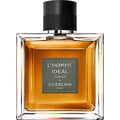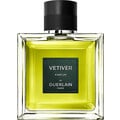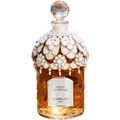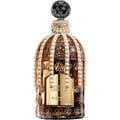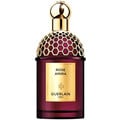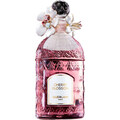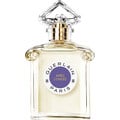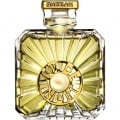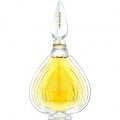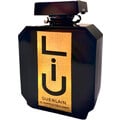Djedi or Dedi was, as can be read in the above information, a fictitious ancient Egyptian magician who is said to have performed a special miracle at the court of King Cheops. He was said to be able to bring the dead back to life and to have knowledge of a mysterious sanctuary, which King Cheops had been searching for a long time. The king's immoral proposal to behead a criminal and then bring him back to life was rejected by Djedi in indignation. Instead, he performs the requested miracle on a goose and a bull. After the sorcerer also prophesies to the pharaoh in a prophecy that he himself would not rule for much longer, but that three of his sons would follow him on the throne, he rewards Djedi by letting him live in a son's palace. Interesting from today's perspective is above all the fact that Djedi brusquely rejects the death of a human being, even if he is a convicted criminal, and instead shows his magic power on animals. Raising the dead was not a very rare literary motif in antiquity, one only has to think of Eurydice, who is temporarily brought from the realm of the dead by her husband Orpheus. Especially touching are also the motifs of the raising of Lazarus (Jn 11) or the twelve-year-old daughter of Jairus (Mark 5 and synoptist Mt 9, Lk 8) by Jesus. But while the resurrected people in the New Testament are testimonies of Jesus' power over death, thus pointing to his own resurrection and giving comfort to the faithful, the magic of Djedi serves rather as a moral test. While the pharaoh is willing to sacrifice a person for the experiment without hesitation, the morally honest Djedi rejects this request.
It remains to be seen whether the buyers of the fragrance in the golden 1920s knew anything about this dazzling literary figure, but it was not uncommon for fragrances to be (also) named after well-known real or fictional characters, cultural and historical fashions or contemporary historical events (Ossian, En Avion, Mitsouko, Shalimar, Liu, Vol de Nuit...). In this respect the name could indicate a contemporary interest in Egyptology, because in 1922 the tomb of Tutankhamun was discovered by Howard Carter - and the Valley of the Kings or the Pyramid of Khufu still fascinate us today.
The scent itself is a legend: Time and again it is named as a reference, described as a particularly outstanding Guerlain fragrance, and the preceding, readable comments are in line with this. Interestingly, it seems to me that they were all published in 2011, when apparently a few drops of the fantastic magic juice were circulating in the forum or distributed at a perfume meeting. Now, before the decade is over, it seemed worthwhile to look at the fragrance in a new way and describe it.
Certainly it was more readily available at the time, as it was re-launched in 1996 on the occasion of Guerlain's 70th anniversary and was therefore only 15 years old. I have now also succeeded in finding a millilitre of a vintage bottle, which also has an excellent quality. Whether it is the original version or rather the 1996 version is not that important to me, because the Guerlain replicas are usually of excellent quality - and deliberately close to the original, so that both versions should be quite similar. By the way, in my opinion, the re-release shows the status Guerlain gives to his 1926 creation, because fragrances without any special historical significance would hardly be considered for a new edition in this house.
First of all, I want to state that, from my point of view, the fragrance clearly contains the Guerlinade (which can be found in pure form in Guerlain's "180 Ans de Créations", for example), even if not all commentators saw it that way. This characteristic, soft, somewhat animalistic and only minimally floral, rather balsamic note (tonka, vanilla, musk, amber, various flowers) is underpinned here by a smoky vetiver accent and a leather note in the classic sense à la Knize Ten or Bel Ami (excursus for younger generations: such leather notes have nothing to do with the synthetic leather from Tuscan Leather & Co.) The animal notes are never obtrusive, but very soft and warm. Cibet and ambergris shine golden. The heart note also reminds me a bit of Vol de Nuit, although in Vol de Nuit, galbanum, which is missing here, becomes permeated with time. Djedi also has nothing to do with the more distinctive and vanilla-laden Guerlain fragrances such as Shalimar and Habit Rouge or the angular, herbaceous, lavender-toned Jicky or Mouchoir de Monsieur. Typical of many older Guerlain fragrances is their dense, harmonious-complex formula in the heart and base notes, which makes it very difficult to identify individual flowers. What is interesting, however, is that, like many fragrances of the time, Djedi was composed around a chypre framework (bergamot, rose, jasmine, moss), but without any great impact. The edges and corners of many chypre scents are missing here, even if one could perhaps pass Djedi off as a leather chypre (a category of its own, mind you). Despite the legends surrounding the scent, Djedi is still so rare that it does not appear in the relevant genealogies of Haarmann & Reimer and thus no source for the historical relationship with other leather scents can be proven. Nevertheless, I agree with those commentators* who emphasize the leather note of this perfume. It is soft, almost creamy, dark, interspersed with green accents, slightly animalistically roughened; the vetiver note is more pronounced on the skin than on fragrance stripes or textiles. In the heart, the note of clay is also particularly strong, which is part of the guerlinade. A vanilla note is possible, but not certain. Oak moss appears in the base.
Why such a fragrance is no longer produced today is certainly easy to answer. Of course, it contains (at least in the original version) real civet (fortunately, today it is generally banned for ethical reasons), and a proper blob of oakmoss was never allowed to be missing in those days, but today it is banned by IFRA. One may also suspect that musk contains real deer musk (which is also forbidden or frowned upon almost everywhere in Europe today for good reasons of animal ethics).
Why was the fragrance so fascinating to me that I rated it with 9.5 points? At some point I noticed that the fragrance dates back to 1926, the year my father was born and the height of the golden twenties. The idea of being able to learn something about the attitude towards life of that time and culture through a fragrance interested me. In the process, I discovered the euphoric comments below and the obviously special status of the fragrance.
Why did I not give the fragrance the highest score? The fragrance is a monument and a symbol for the mentality of its time, the special epoch of the Roaring & Swinging Twenties, but for contemporaries almost more difficult to wear than Jicky, Mouchoir de Monsieur, Vol de Nuit or Shalimar; all of these are fragrances I love and which work (even) better for me as a document of the times because, in my opinion, they are still easy to wear today.



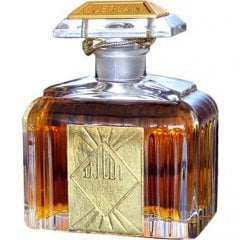


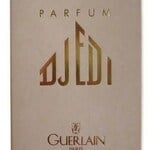
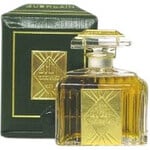
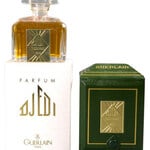
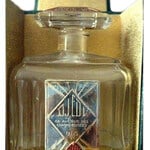
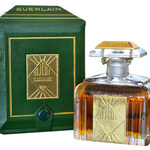
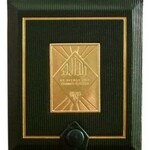
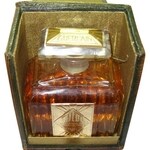
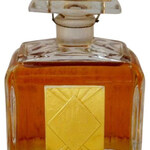
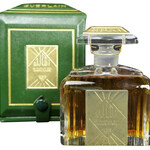
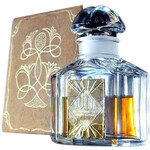
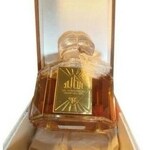
 Top Notes
Top Notes 


 Heart Notes
Heart Notes 




 Base Notes
Base Notes 






